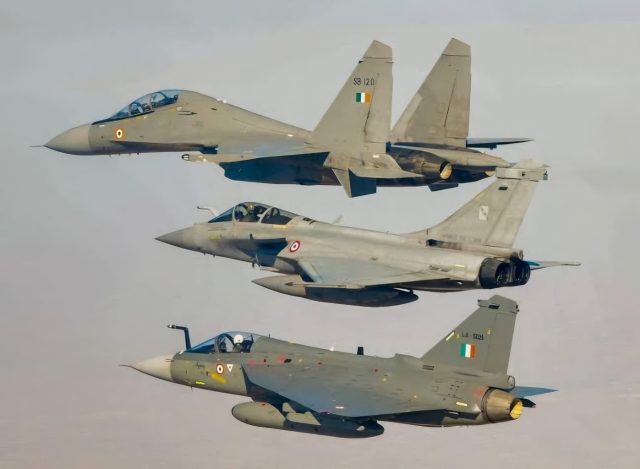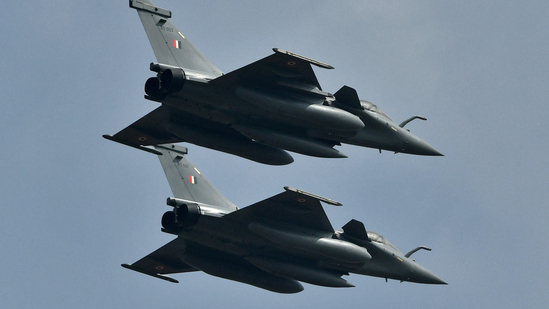The Siliguri Corridor in North Bengal connects mainland India to the North East India. It is referred to as a ‘strategic artery’ as any disturbances in the Siliguri Corridor region could cut off the North East from the mainland India. The region is a choke point stretching from twenty to sixty kilometres of width but this narrow choke point extends up to two hundred kilometres in length. Hence, the security of this region remains crucial to national integrity and also foster regional cooperation as the corridor also stitches the Asian Highway-2 and Asian Highway-48 with India.
Further to this, the complexities of the security dynamics of the corridor are surmounted by neighbouring states sharing borders with this ‘chicken net’. This includes Nepal to the West, Bangladesh to the south and Bhutan to the North. Choke points are narrow stretch of passage joining two larger areas. Choke points become fragile when they become vulnerable to security threats that adversely affect trade.
One example is the Bab-el-Mandab Strait that is threatened by the Houthis, and connects Red Sea to the Gulf of Aden and Indian Ocean. The Strait of Hormuz is another example, whose security is threatened by both state and non-state actors and it connects the Persian Gulf with the Gulf of Oman. During the Tanker War, Iraq had attacked the Strait of Hormuz to prevent Iran from gaining any leverage that would have provided a fillip to its war-fighting capabilities.
India is also sharing trade relations with neighbouring countries in the Siliguri Corridor and hence, its security remains an objective as well as a challenge. The region has great potential of being developed as mentioned by the Confederation of Indian Industries (CII) in 2022 into a ‘logistics hub.’ Siliguri, major town in the Siliguri Corridor also has the potential of being developed for medical tourism from Nepal, Bhutan and Bangladesh with improved medical facilities. People from Bhutan travel to India for work related purpose on daily basis. The state government of Bengal also aims to develop the region for successfully Micro, Small, Medium Enterprises (MSMEs).
The Siliguri Corridor also has great potential for tourism given that Dooars is a major attraction for tourists. There are major tourist destinations like the Mahananda Wildlife Sanctuary, Coronation Bridge, Salugara Monastery, Jaldapara National Park, Gorumara National Park, Gajoldoba, Bengal Safari, Lava and Lonegaon, Cooch Behar and Jaigaon. It has also become common for tourists to visit Phuentsholing in Bhutan when they visit Dooars region in Bengal. Many tourists visiting the region may also prefer visiting Nepal via Panitanki border through Kakkarbitta.
The region also hosts a dry port for import and export of goods: the Dabgram Inland Container Port (ICD) developed by the Siliguri Jalpaiguri Development Authority (SJDA). The port will facilitate cargo movement from Sikkim, Bihar, northeastern states and also from the neighbouring states: Bangladesh, Bhutan and Nepal. The chief of Pristine Hindustan Infrastructure Projects Private Limited, the company involved in the development of the port, describes the port as “a catchment area of North Bengal.”
The region also has five crucial rivers flowing that join the corridor with Nepal and Bhutan: Mahananda, Teesta, Torsa, Jaldhaka and Dyna rivers.
The Corridor also has many military establishments whose safety and security remain crucial. The Corridor connects the mainland India with border regions where there is presence of Indian military and paramilitary forces. Thus, any instability in the region could cut-off vital logistics and re-enforcement supplies to the region for the forces, and thereby the region can be referred to as the Achilles hill.
While other routes to connect North East with mainland India are economically feasible, their progress and their easy transit could depend on geopolitics and diplomatic goodwill with neighbour.
Nevertheless, the region is not without security concerns. Growing military capabilities in the neighbourhood and China’s presence in the neighbourhood create a sense of instability in the future prospects of this corridor. In addition, Pakistan and the Inter Service Intelligence (ISI) have increased their influence in Bangladesh. Political chaos in neighbouring states further jeopardises stability in the Siliguri Corridor region.
The region also faces threats from non-state actors and sleeper cells that could negatively impact trade and commerce in the region by causing mayhem. State actors have made North East a ‘strategic pawn and created rhetorics that least contributes to stability. The Corridor’s internal security is also a major challenge to deal with.
A denial strategy to deny state and non-state actors the leverage to create instability in the Corridor region could reduce the security hazards in the region. The Central Armed Police Forces (CAPF) like the Border Security Forces (BSF), the Sahastra Seema Bal (SSB) and the Indo-Tibetan Border Police (ITBP) are becoming more structured and organised to counter both traditional and non-traditional security threats especially as the borders are porous.
The presence of the Army and Air Force further strengthens the security quotient in the region. Other denial strategies that include is the fielding of the air and missile defence capabilities for denying adversaries from gaining any strategic leverage through potential military strikes in times of crises.
The econom
ic and military footprints of states like China and Pakistan, the threat from non-state actors and the tilt of the neighbouring states towards China, internal instability in the Corridor region are growing concerns that determine the future prospect of Siliguri Corridor.



















